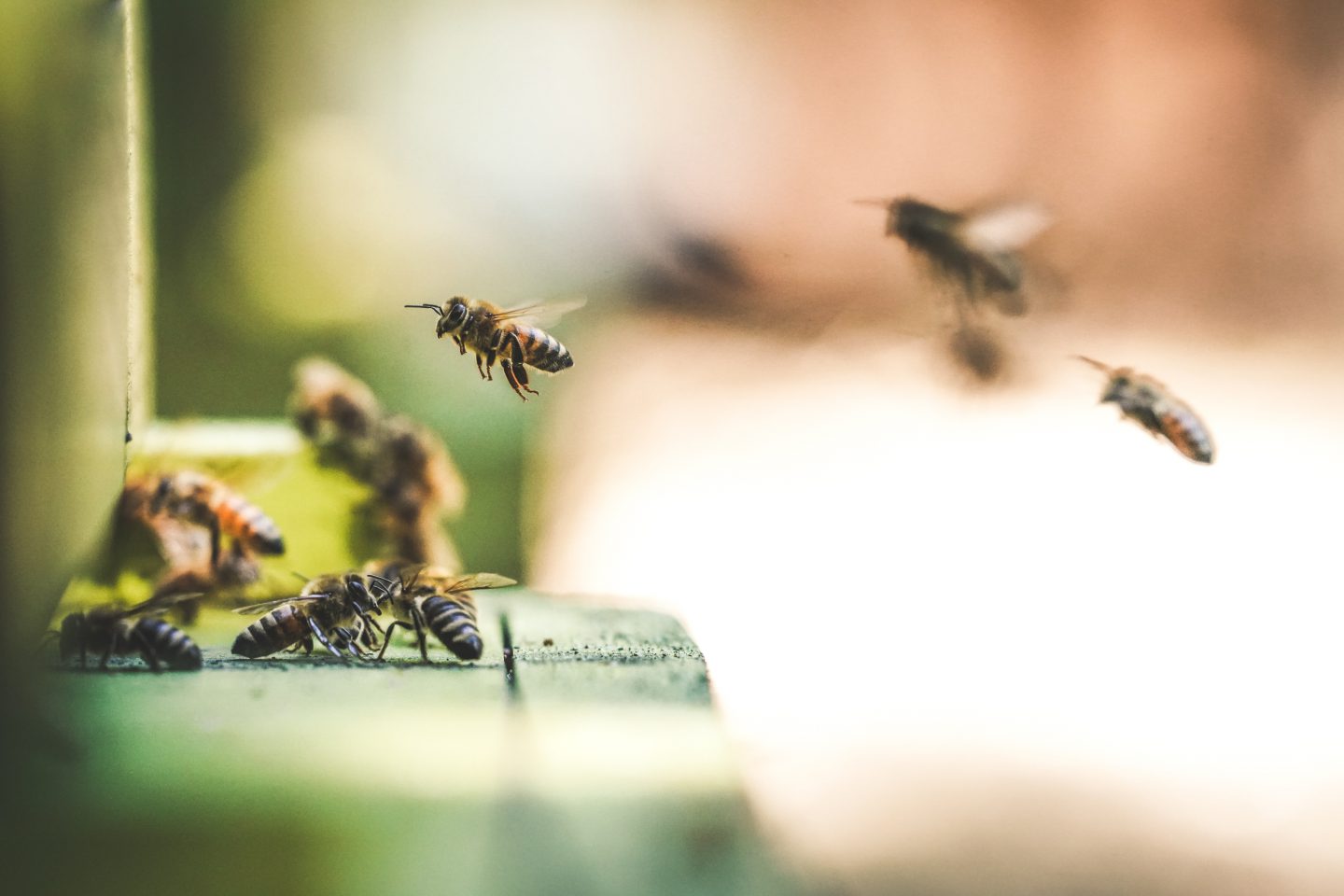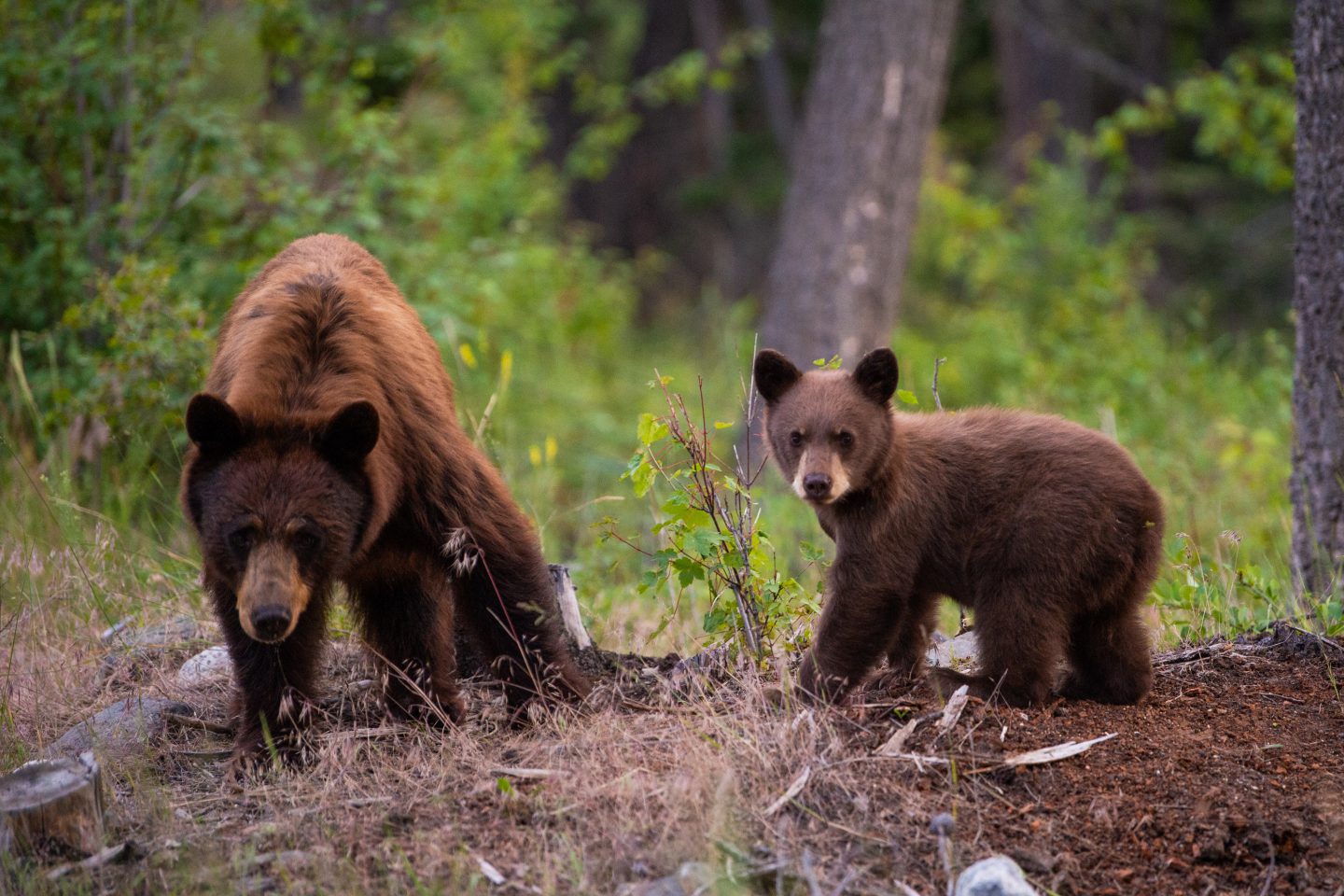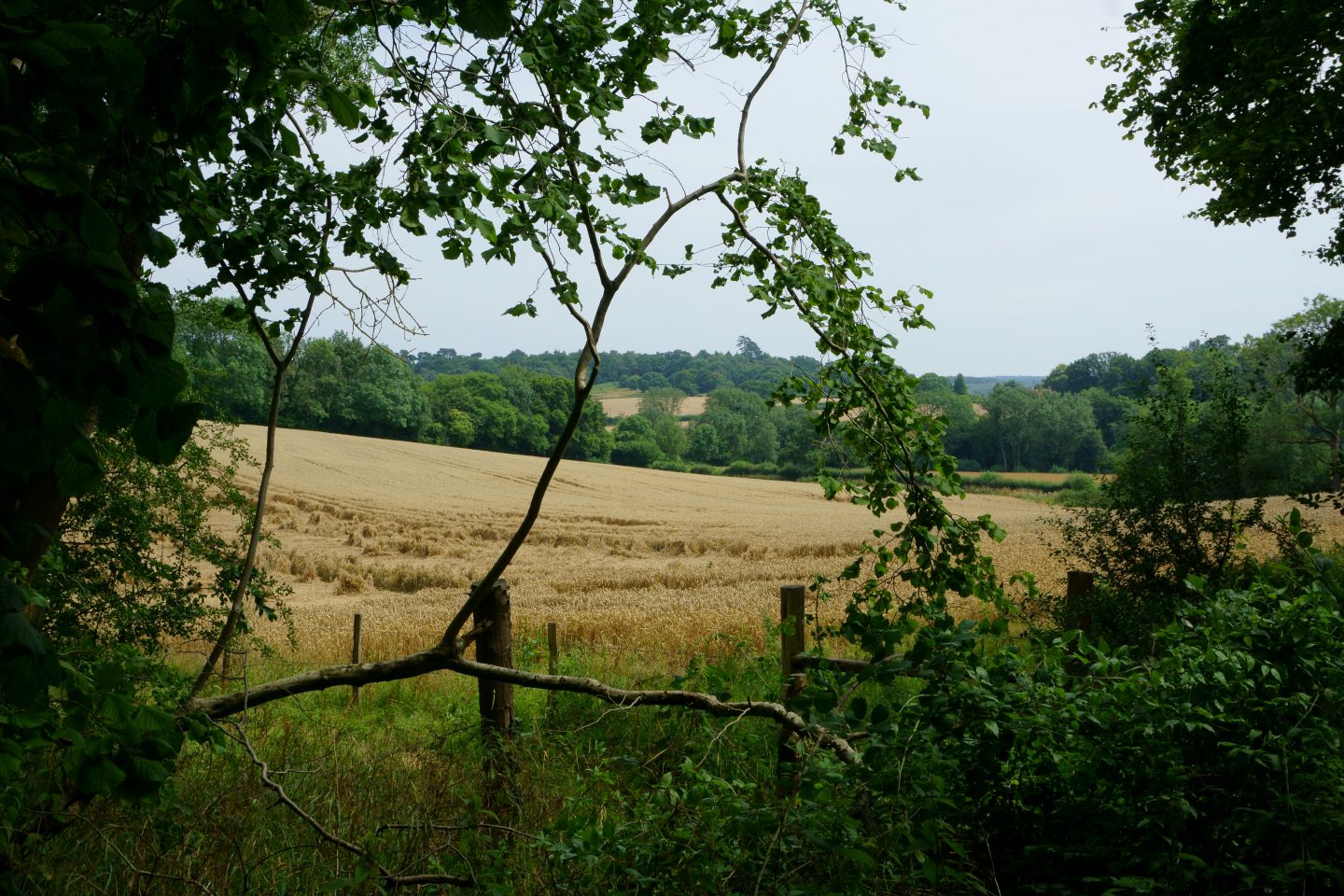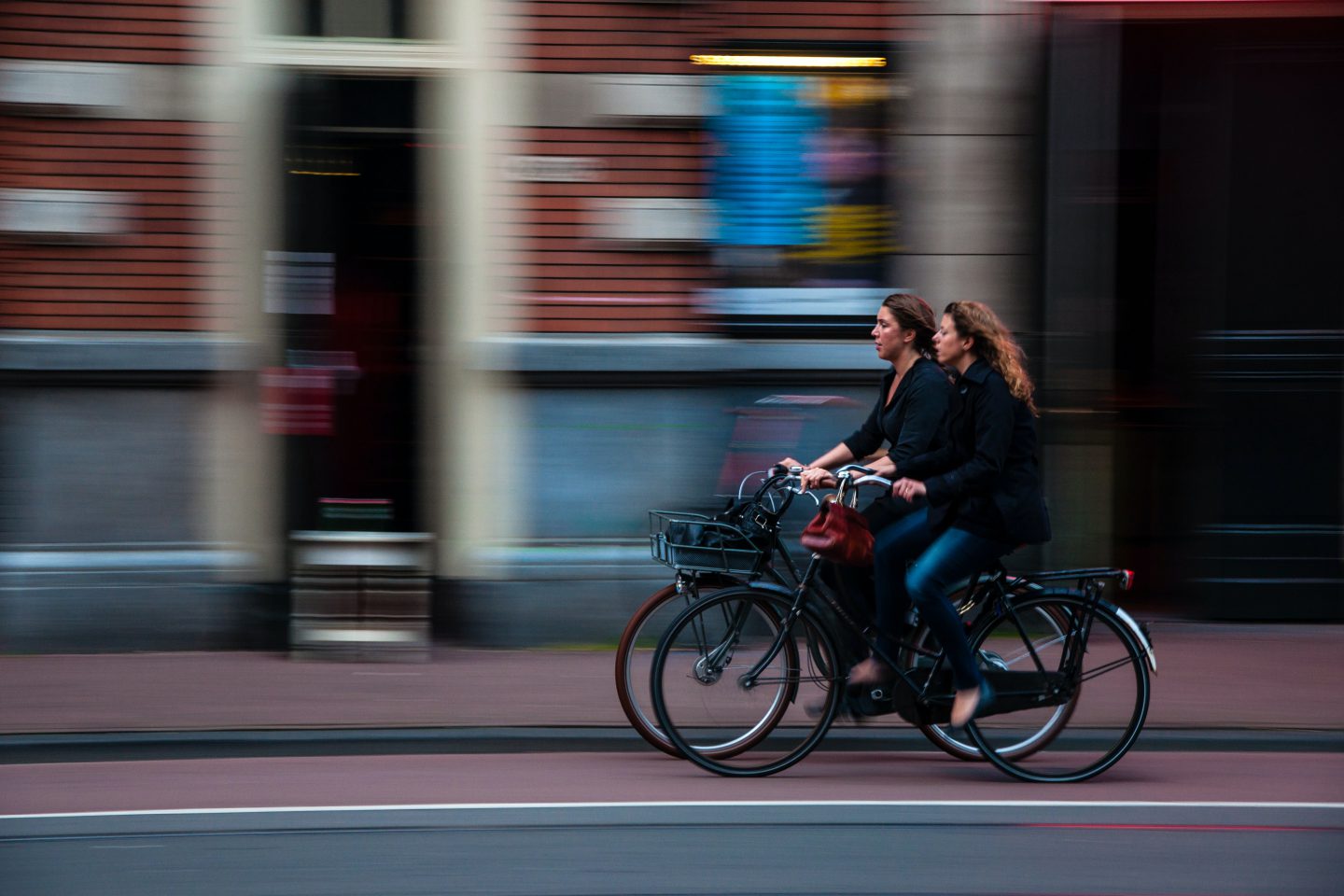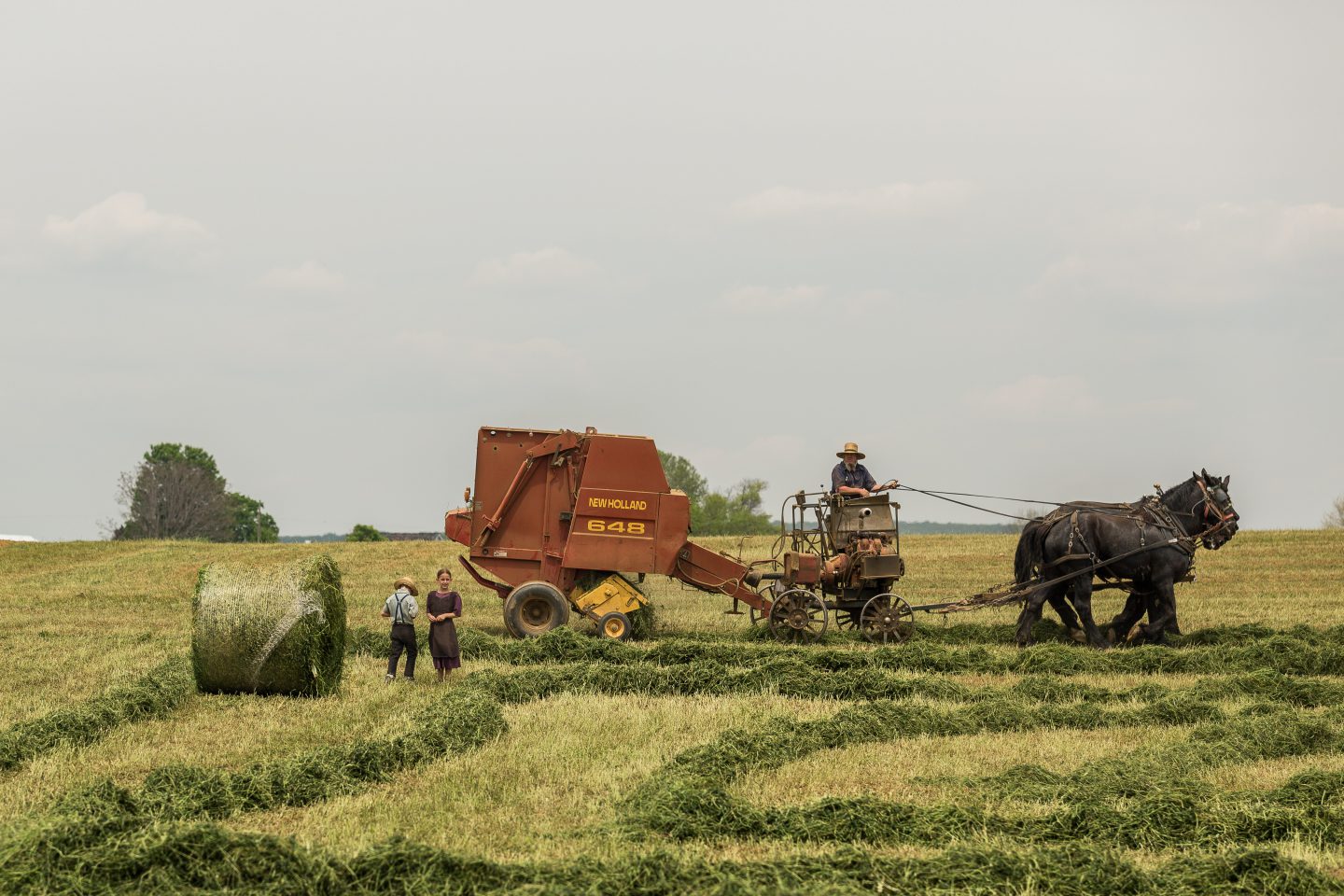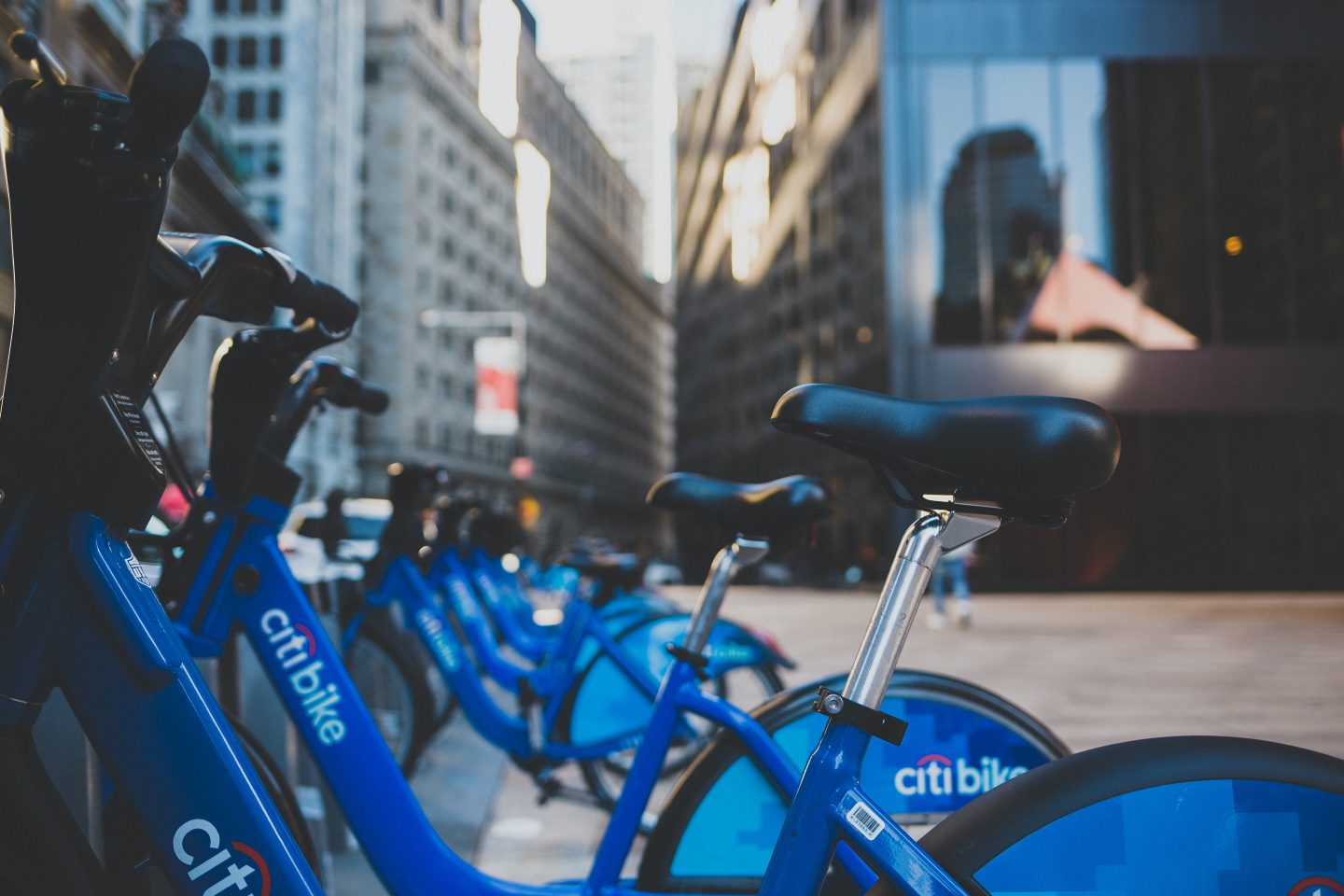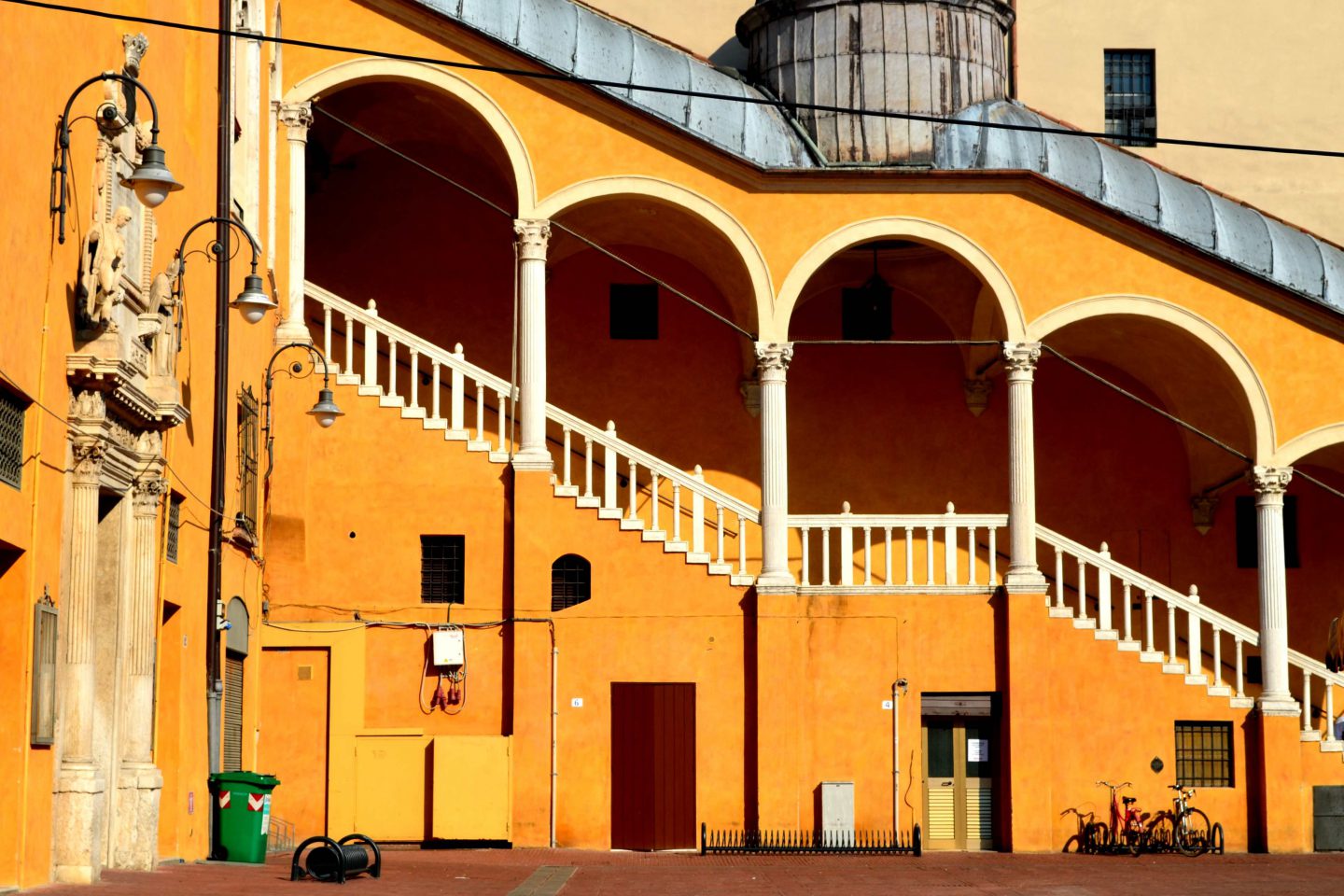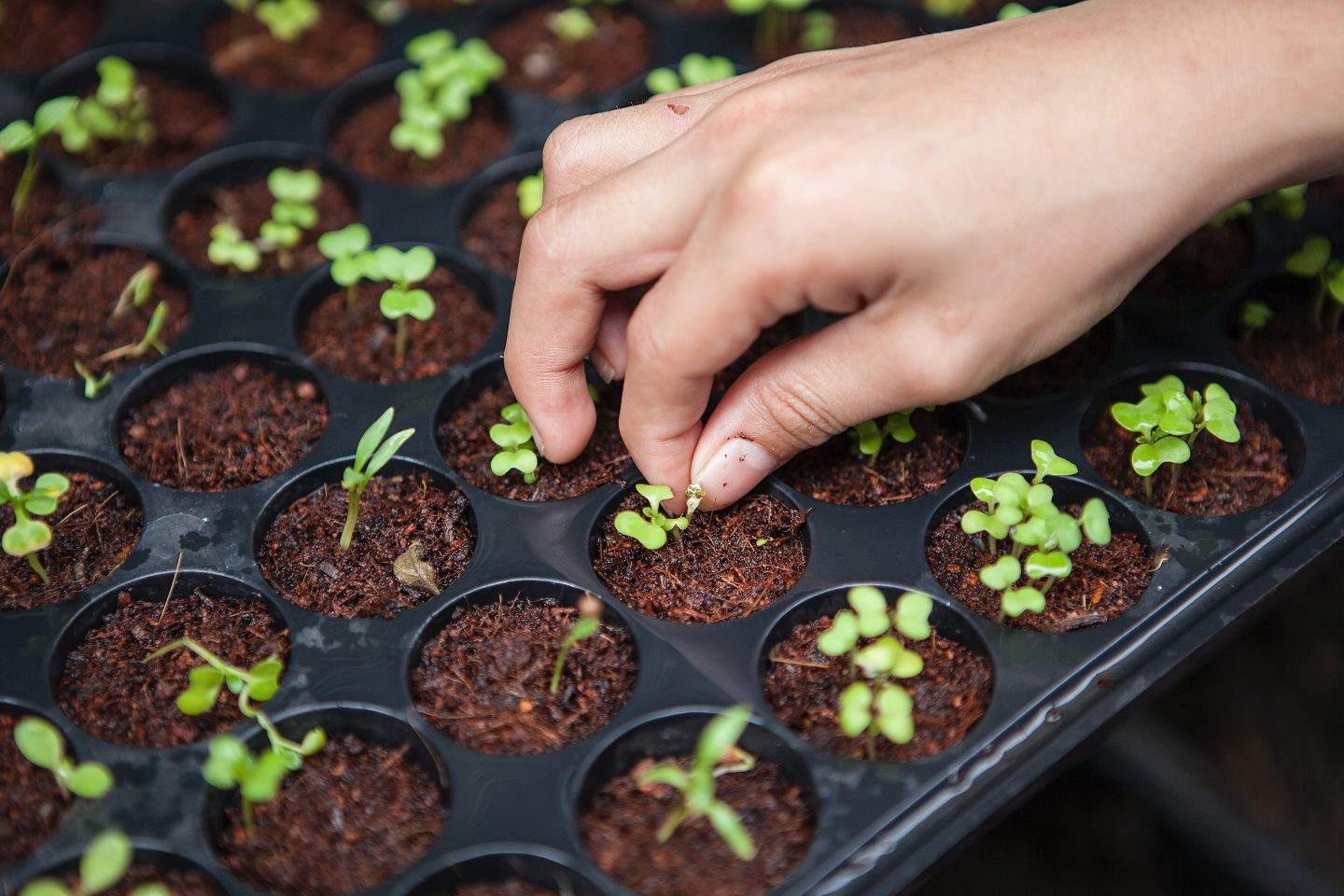Planting bee-friendly plants seems to be the new fad in many cities around the globe. In the UK, amateur gardeners regularly try to attract such insects, while in France, farmers have offered land to help beekeepers. In other countries, such as Canada, cities adopt pollinators. Even some companies undertake wildflower planting efforts.
But not all plants can satisfy the nutritional requirements of bees and some may be more useful than others in balancing bee diets.
Read more →

